The much-talked about mini PC has finally arrived. The PiPO X8 is a dual OS mini PC powered by the Intel Z3736F chipset. What makes it unique however, is its built-in 7-inch screen – an odd yet surprisingly useful inclusion. It also features 2GB of RAM and 32GB on onboard storage.
I’ve been keen to get my hands on one since it was shown off at the Hong Kong Electronics Fair. So how successful has this experiment been?
Thanks to GearBest for providing me a sample to review.
Check PriceWhat Is It?
The PiPO X8 is a small form factor Dual OS PC powered by a quadcore Intel processor and featuring a built-in 7-in touchscreen.
PiPO X8 Technical Specifications
- Chipset: Intel Baytrail quad core processor with Intel HD graphics (Z3736F)
- RAM: 2 GB DDR3
- Storage: 32 GB internal storage + micro SD slot
- Video & Audio Output: HDMI, 3.5mm Audio
- Screen: 1280x800px
- Connectivity: 802.11 b/g/n Wi-Fi, Bluetooth 4.0, 10/100 Ethernet
- USB: 4x USB 2.0 port
- Other Features: Power button, Integrated Speakers, 1 year Office 365 subscription.
- OS: Dual-Boot: Windows 8.1 with Bing/Android 4.4
- Power Supply: 12v 2.5A
What’s in the box?
PiPO’s inclusions with the PiPO X8 are pretty sparse:
- 1x PiPO X8
- 1x Power Adapter
- 1x Warranty Card
I have to admit I’m a little bit disappointed that a HDMI cable wasn’t included. However, given the emphasis on the internal touchscreen, I’m not too surprised.
PiPO X8 Design
The PiPO X8 is an interesting beast. It’s hard not to take notice of the 7-inch screen which stands out immediately. I was worried that the inclusion of a screen would make the device overly bulky, but thankfully it’s only slightly larger than the PiPO X7.
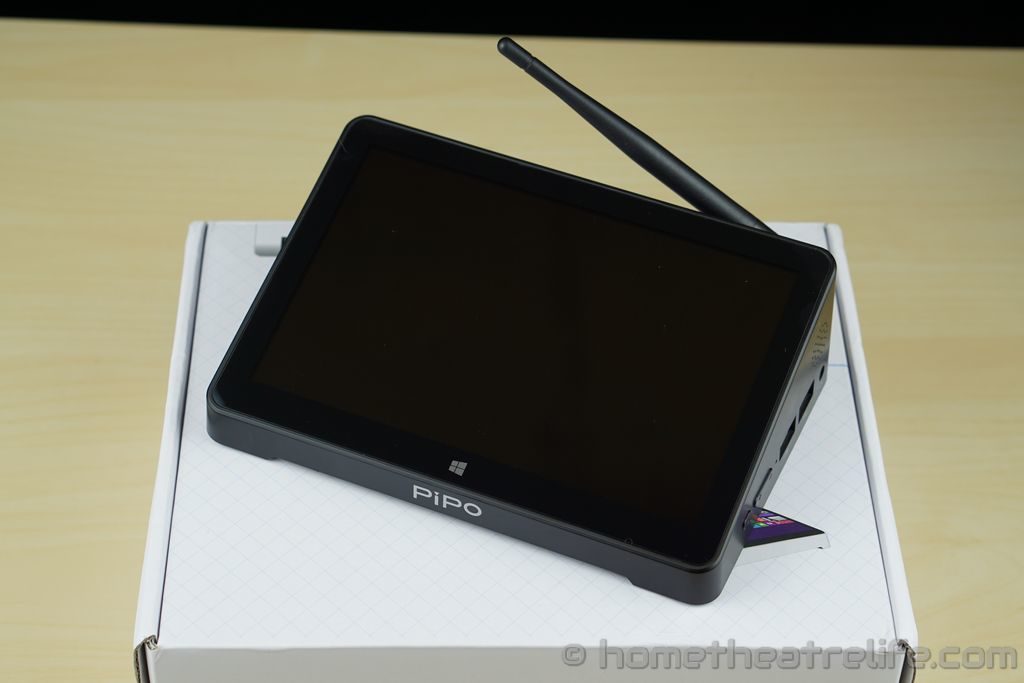
The screen is positioned at a relatively comfortable angle and is impressive to look at. Thanks to PiPO cramming a 1280×800 resolution into a 7-inch panel, the screen offers crisp text and images. Whilst not the brightest screen I’ve ever seen, it’s bright enough, given the dimly-lit environments it’ll most likely be used in.
Black matte plastic makes up the remainder of the case is predominantly black plastic with a matte finish and some PiPO branding at the front. A metal base with vents finishes it off, helping keep the device cool passively.
The ports are located on the righthand side and rear of the device. On the rear, from left to right, is the USB OTG port, micro SD card slot, 2 full-size USB 2.0 ports, HDMI out, Ethernet and DC In. The PiPO X8 also features an external WiFi antenna.
Looking at the right side, there is the power button, volume rocker, 2 more USB 2.0 ports and the headphone jack. Both sides feature small speakers.
The on-board stereo speakers aren’t the greatest. I’d say they outperform your typical tablet speakers, pumping out more power and bass. However, they still sound hollow and lack depth.
Using It
Booting the PiPO X8 is done by holding down the power button for several seconds. Before booting into an Operating System. you’re shown the OS selection screen with a 10 second countdown. After selecting the OS, Windows takes approximately 16 seconds to boot. An OS switch takes around 44 seconds to go from Windows to Android. You can set the PiPO X8 to always boot into the last used Operating System and I suspect most will avail themselves of the option.
Out of the box, Windows came activated and there was 11.7/15.6GB free on the C drive. Windows felt great during use, much like other devices using the Intel Z3736F. I didn’t see any noticeable lag when navigating the Start menu or applications on the build-in screen or when using HDMI out. Interestingly, it seemed that the in-built screen never turned off when connected via HDMI. It seemed that the backlight remained on and the screen responded to touch, albeit as if it was in portrait mode, which was weird.

Windows was essentially “stock”, with the only inclusion being the “WinToAnd” application used to switch to Android. An equivalent “OS Switch” function appears in the Android notification shade.
Android was a mixed bag. The Android version is more or less stock, with “OS Switch” function appearing to be the only customisation. Using just the integrated screen, the device functioned like your typical Android tablet such as 5-point multi-touch and the gyroscope. Navigating through the menus and launching apps felt nice and fast. However, plugging in the HDMI cable exposed Android’s inability to handle dual screens. There was no option to only output to the TV, so you always ended up with duplicated screens under Android which is frustrating. Even after setting the resolution to 1080p, the PiPO X8 seemed to lock the UI resolution to the screen’s 1280×800 resolution, leaving black bars on the sides.
Under both OS’, the touchscreen was responsive, whether navigating UIs or playing games.
PiPO X8 Media Playback
Media playback was tested using Kodi 14.2 under Windows.
| Video Codec | Video Performance (Windows 8 – Kodi 14.2) |
|---|---|
| 1080p 3D SBS H.264 | OK |
| 1080p 3D ABL H.264 | OK |
| 1080p30 H.264 | OK |
| 1080p High Bitrate H.264 | OK |
| 1080p60 H.264 | OK |
| 720p50 H.264 | OK |
| 1080i50 H.264 | OK |
| 4K H.264 | OK |
| 1080p HEVC | Unwatchable (Too many skipped frames) |
| 4K HEVC | Unwatchable (Too many skipped frames) |
| 1080p VP8 | OK (Software Decode) |
| 720p Hi10p | Watchable (Some Dropped Frames) (Software Decode) |
| 1080p Hi10p | Watchable (Some Dropped Frames) (Software Decode) |
| 1080p MPEG2 | OK |
| 720P RMVB | OK |
| 1080p VC1 | OK |
Video performance was pretty solid across the board. I can confirm that automatic framerate switching worked under Windows.
PiPO X8 Gaming Performance
To test gaming performance, I installed 2 games,1 2D and 1 3D under both Windows and Android:
When using the internal screen, with its sub-1080p resolution, both games performed brilliantly under Windows and Android. Outputting 1080p to an external screen in Windows did impact performance. Whilst Jetpack Joyride performed as well as before, Beach Buggy Racing saw an anticipated drop in performance, but it still maintained a fairly solid framerate with the typically slowdown during high-action scenes that we’ve seen on these devices.
Gaming Controllers and Bluetooth
I connected my iPazzPort Bluetooth keyboard and iPega PG-9025 via Bluetooth without issue.
PiPO X8 Networking Performance
Thanks to the PiPO X8’s external antenna, wireless performance was excellent. Signal strength was consistently showing 5 bars under Windows. I was able to stream 4K video from an NFS over WiFi without any signs of buffering under Kodi 14.2.
PiPO X8 Windows Benchmarks
3DMark Ice Storm
3DMark Ice Storm Extreme
3DMark Cloud Gate
CrystalDiskMark 3.0.3
PiPO X8 Android Benchmarks
Antutu 5.7.1
Antutu returned a respectable score of 36873, although the UI resolution was locked at 1280×800.
PiPO X8 Thermal Performance
I was a little concerned given the PiPO X7’s thermal throttling issues. Using Prime95‘s Small FFTs test on the PiPO X8 when connected to an external screen was the SoC temperature max out at 66°c according to HWiNFO after 30 minutes. Switching over to the internal screen saw the temperatures increase however.
Loading up a test that taxed both the CPU and GPU did see the temperatures climb further however. After 8 minutes of running the PiPO X8 at 100% CPU and rendering 3D images, the device did see some minimal thermal throttling. PiPO could have improved cooling further but the PiPO X8 still outperforms the X7 considerably.
PiPO X8 Power Consumption
| Power State | Power (W) |
|---|---|
| Powered Off | 0.9 W |
| Standby | 4.4 W |
| Idle | 6.3 W |
| Load | 11.5 W |
Getting One
I was provided my PiPO X8 from GearBest.
Check PriceIt’s also available from Amazon, AliExpress and GeekBuying.
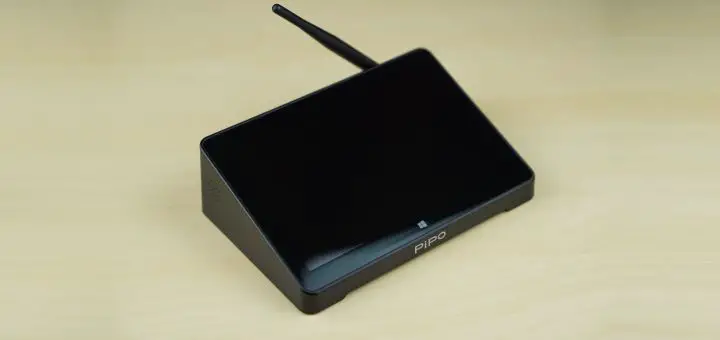
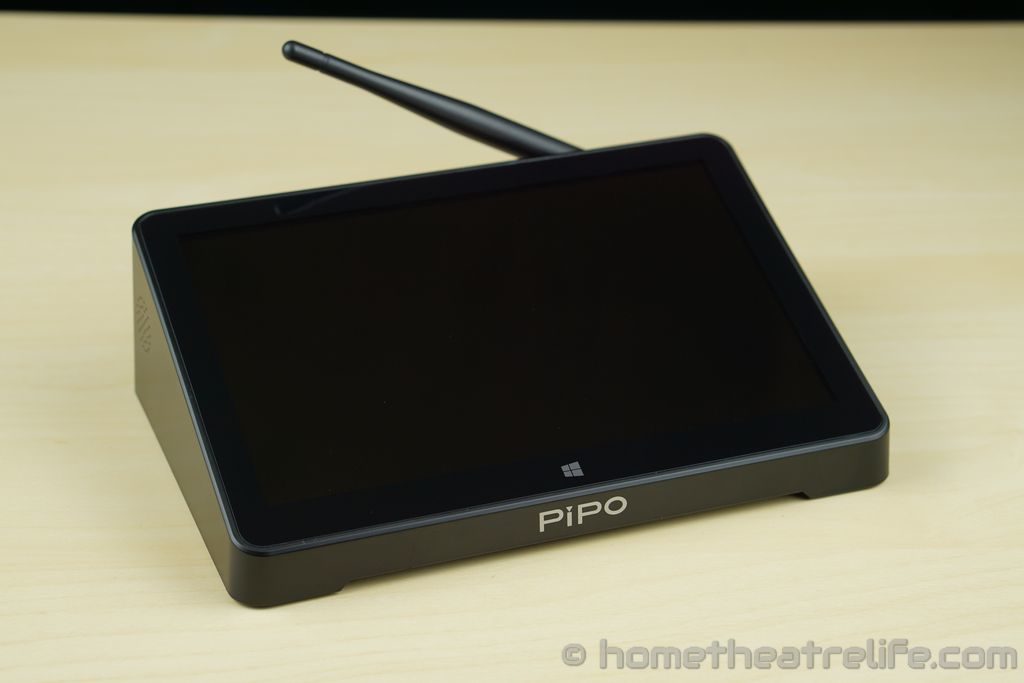
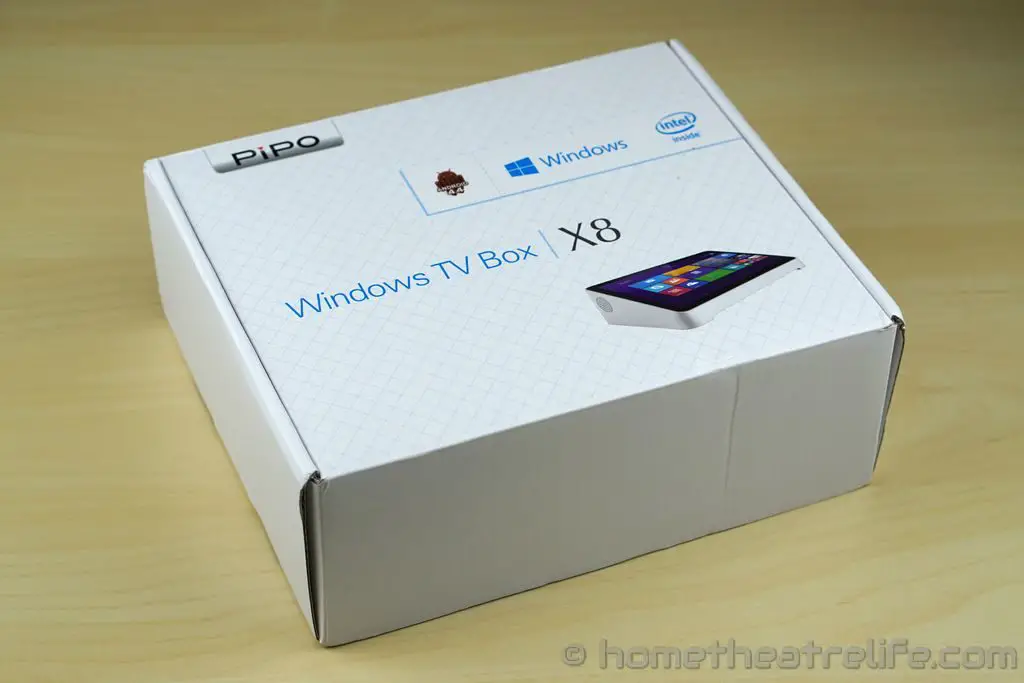
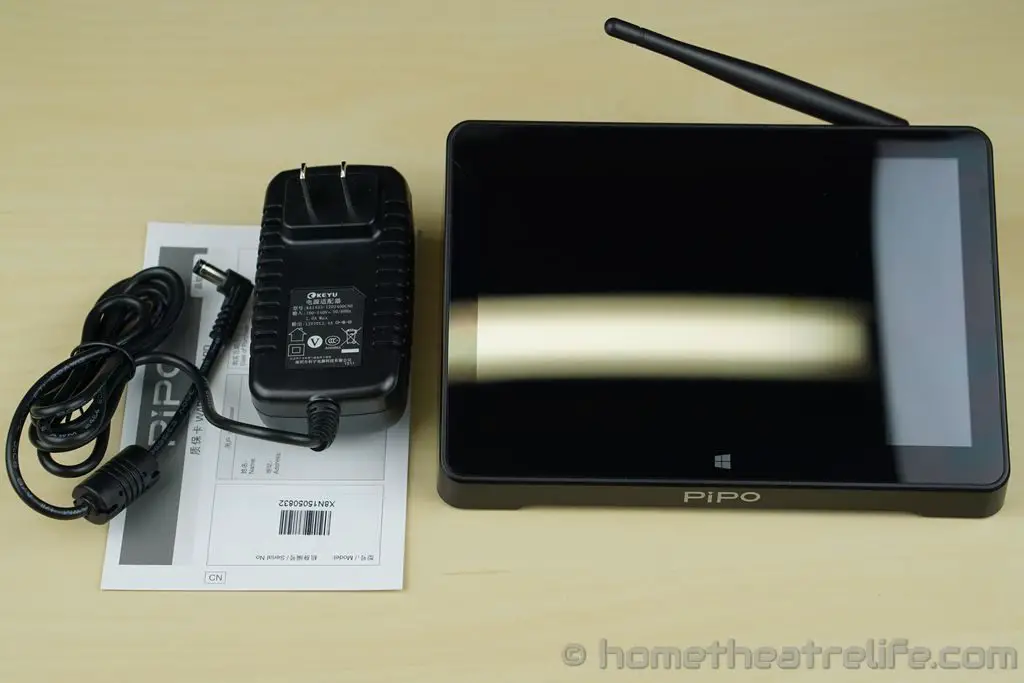
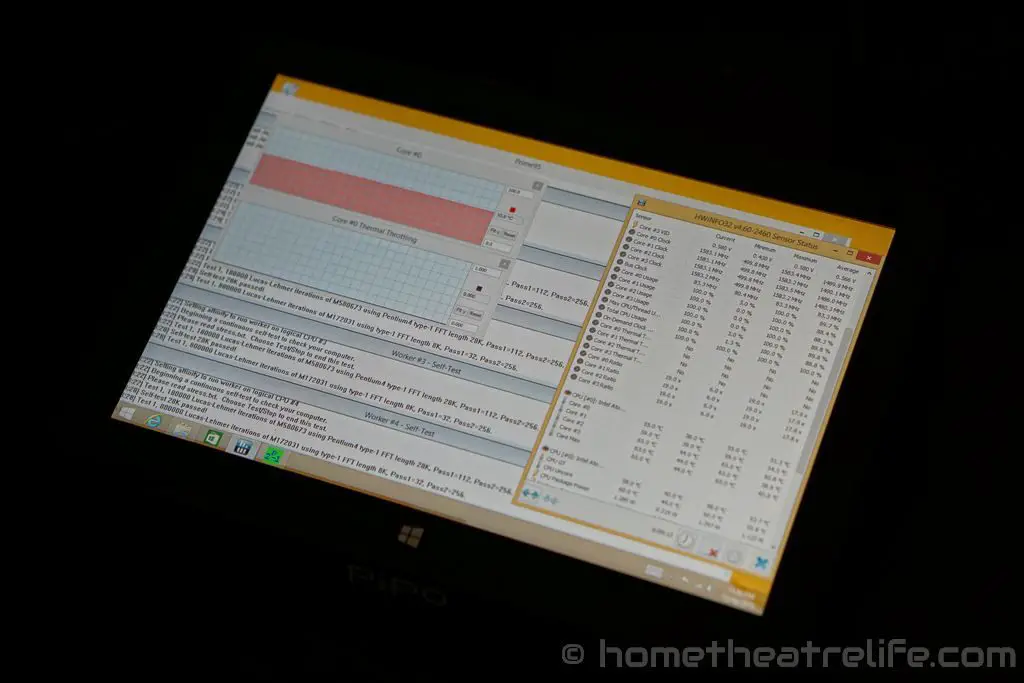
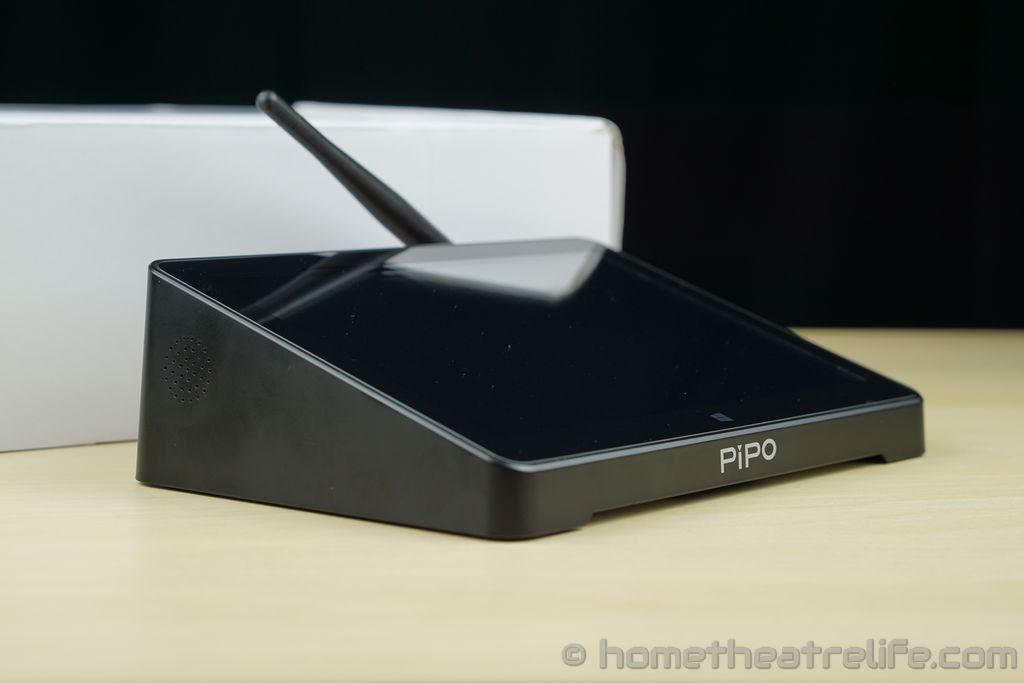
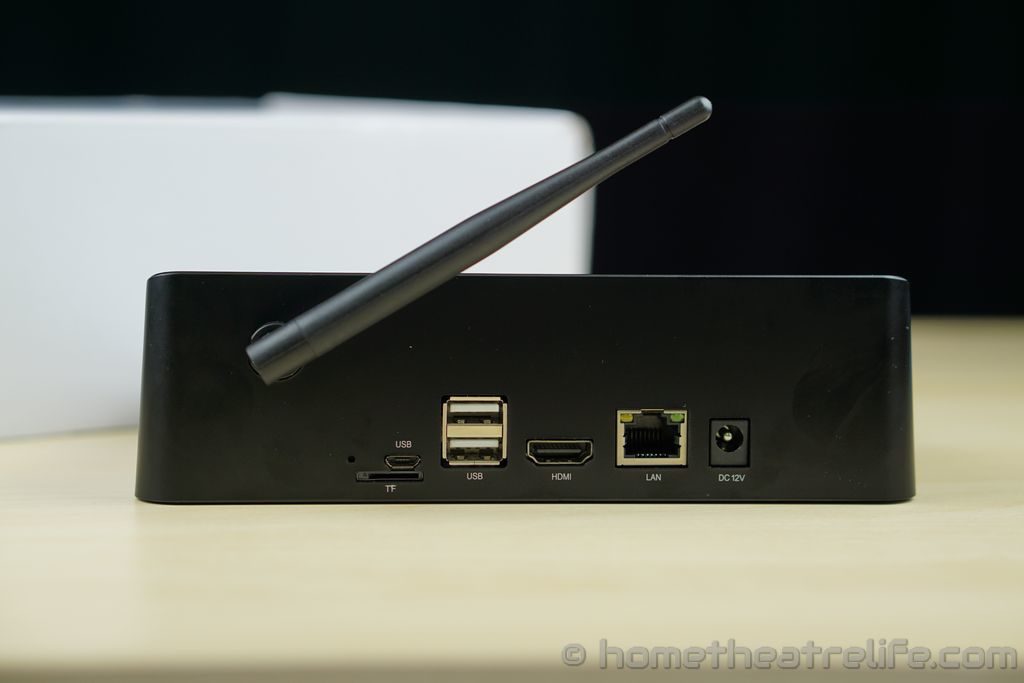
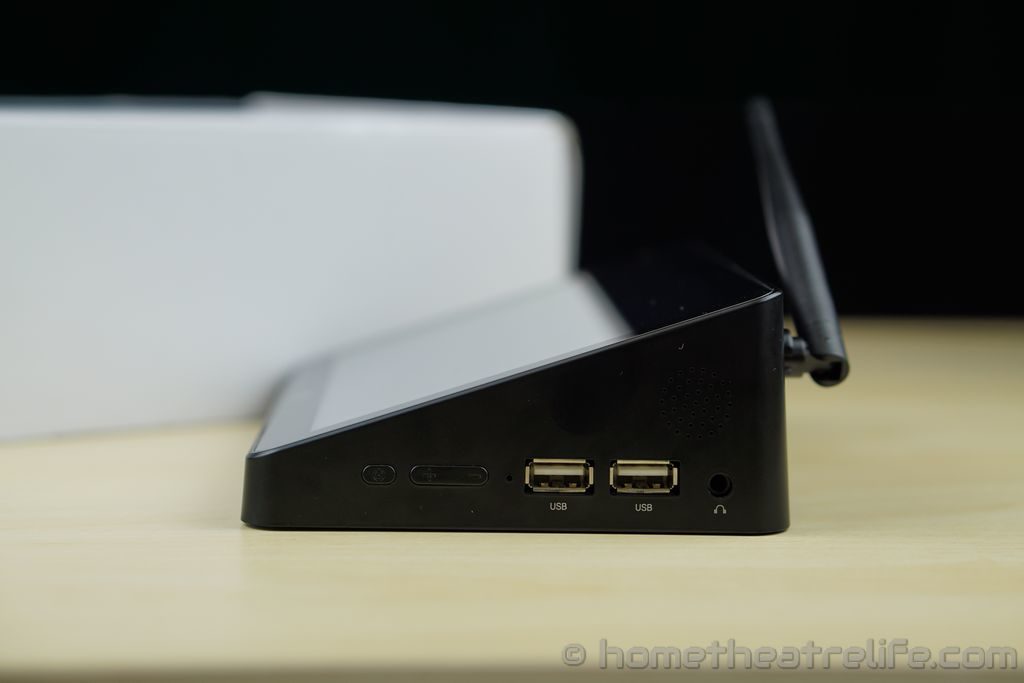
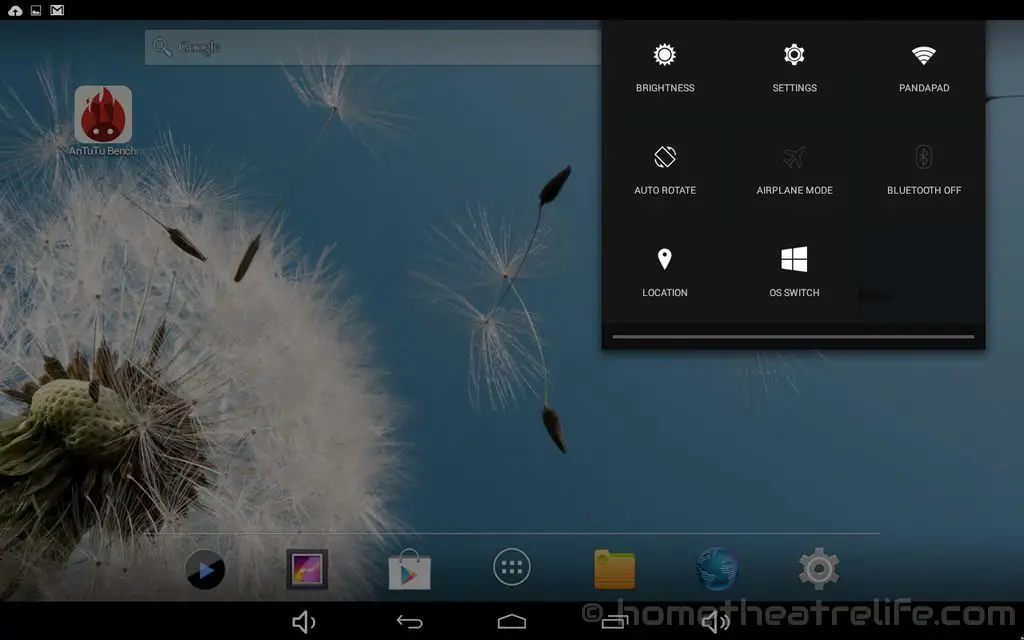
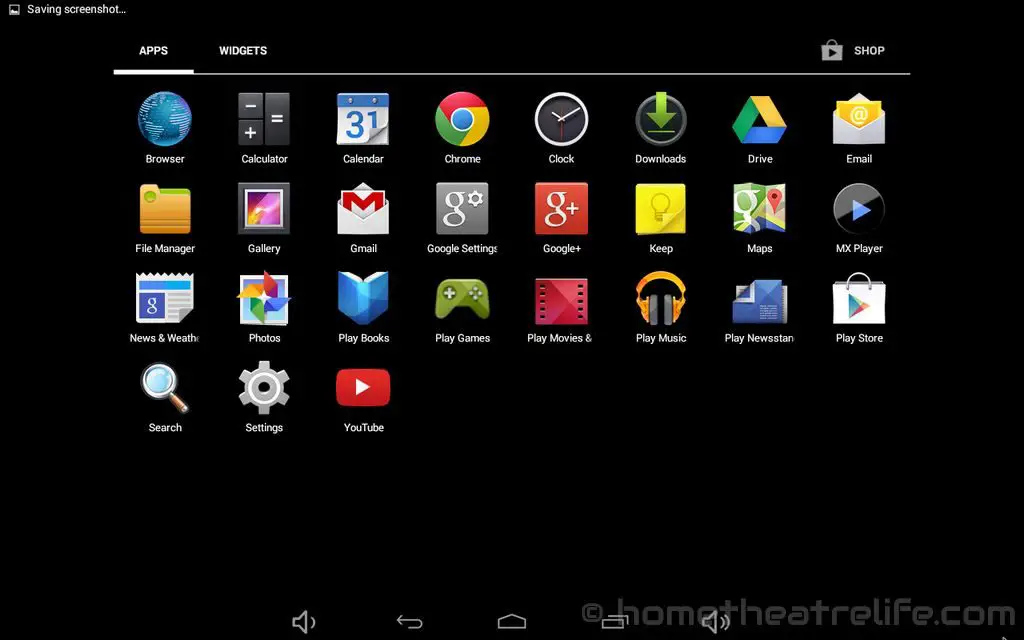

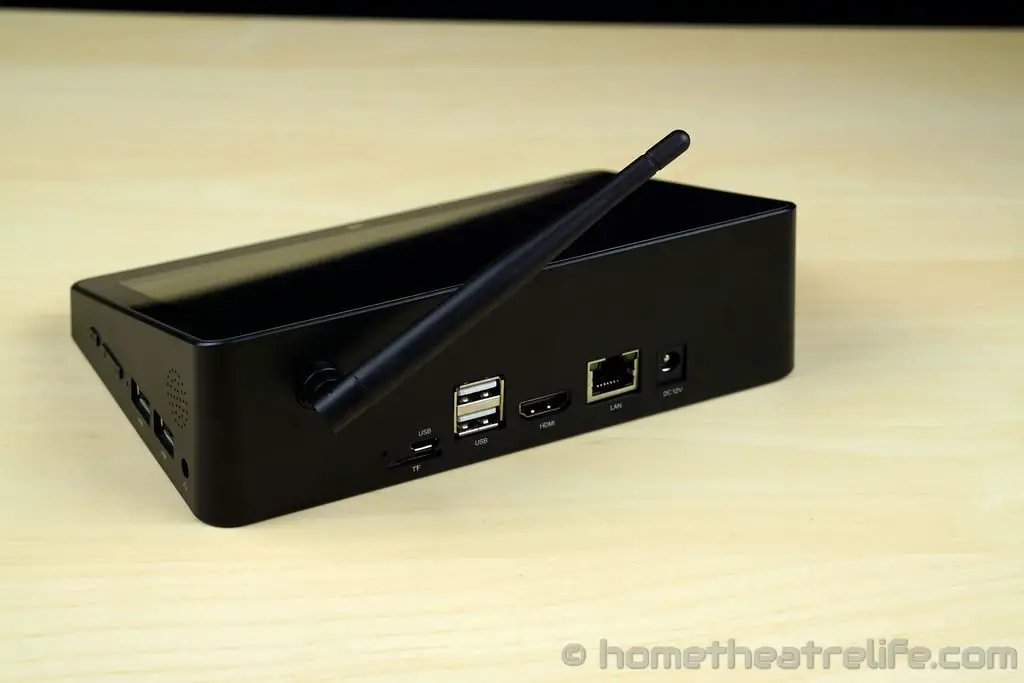



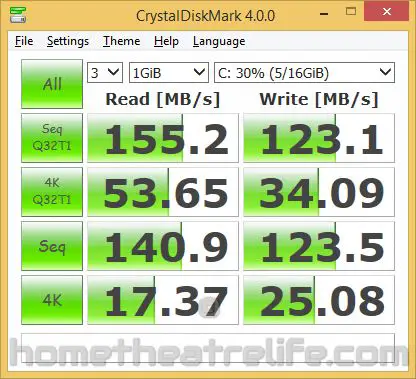
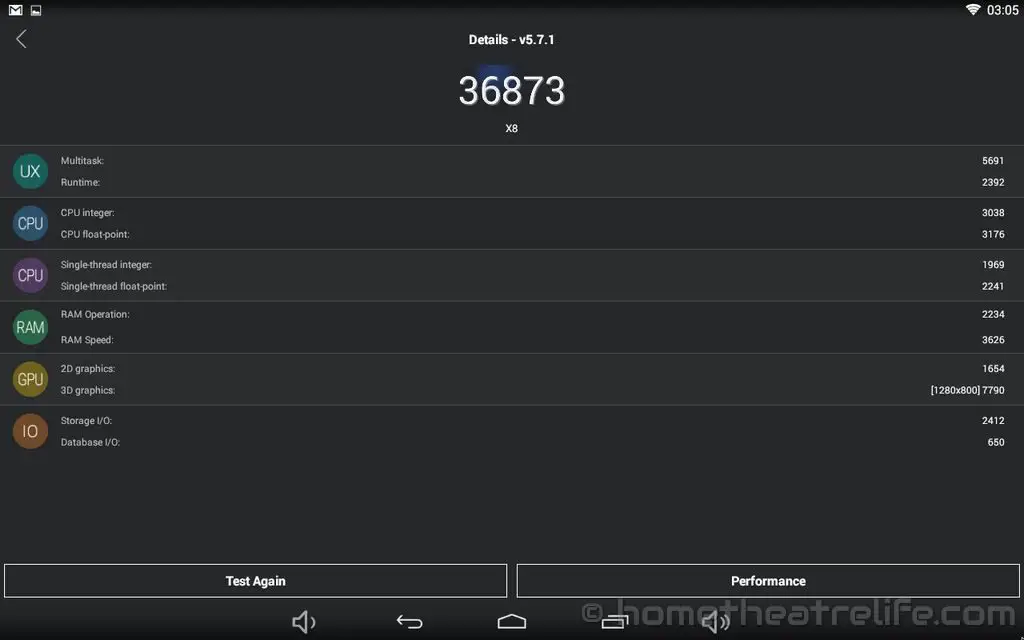
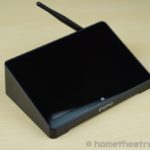
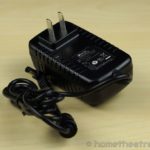
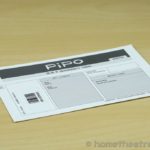
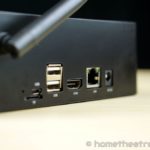
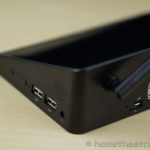
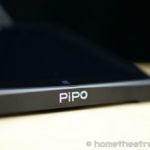


No measurements yet but reducing display brightness seems to reduce box temperature significantly too. Reduced display brightness of my X9 to 20% which is quite sufficient for readability.
Hi JPH,
Thanks for sharing.
This is definitely something I noticed too on the PiPO X8. The screen (like most tablets) generates a fair bit of heat. I noticed significant improvements when I either lowered the brightness or used an external monitor. That being said, I didn’t experience any thermal throttling at all during testing.
Only a few files say 1% ran into thermal throttling clearly recognizable as skipped frames and stuttering music. Kodi (keyboard “O”i) ndicated full processor load 100% on 2 of the 4 cores, but that probably resulted from an already reduced clock frequency.
So I modded the the cooling by installing a big radiator on that metal plate using a two sides adhesive thermal pad after removing that ridiculous sticker. Also I reduced the brightness to 20% and I increased the bottom clearance a few millimeter to increase the convection stream from other directions than the front only.
The same file which suffered from stuttering earlier now drove the processor to 4 degrees Celsius still below the Tmax of 90 degrees Celsius for a few seconds but overall remained at around 75 degrees Celsius.
All in all I am quite happy with this box. Use it for radio (FM is going to move to DB2 so I rather use internet radio with 256kbs or above), playing flac/wav from my NAS and movies too using Kodi.
Was pleasantly surprised that the EDID HDMI handshake of the X9/W10 immediately recognized my receiver as a Pioneer VSX-AV2AS receiver and registered it as such within “System”.
That is a pretty massive receiver with excellent AD converters but is somewhat dated and can’t decode some of the newer audio formats. However Kodi can and subsequently send the resulting digital multi-channel PCM stream to the receiver. Actually one should keep part of that quickly outdated intelligence like codecs outside such receivers.
An additional advantage of the screen is that I can finally run a very low power unit instead of having to use either my power hungry Plasma or PC to select music.
Note the X9 resolution is higher thatn the X8 so the same as my HD LG plasma, so I can use that same signal to dive the HDMI.